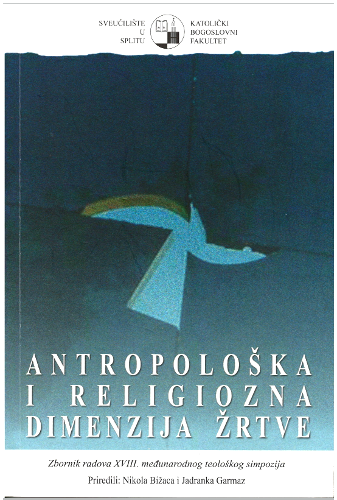Index
Ključne riječi:
religious, category, sacrifice, phenomenology, interpretationSažetak
One of the major topics that are still being discussed in religious and theological anthropology is the category of sacrifice. Starting from The Religion of the Semites (1989), written by the Scottish Protestant theologian and historian of religions W. Robertson Smith, up to now, comparative history of religions and religious phenomenology have offered many interpretations of the meaning of sacrifice in religions from archaic times to the present. Christian theology, which understandably has always dealt with the interpretation of sacrificial dimension of the passion and death of Christ, has formulated its interpretations in the last hundred years, to a greater or lesser extent, also through a dialogue with the results of historical-religious approaches to the phenomenon of sacrifice. Particular theological interest has always been awoken by the historical-phenomenological interpretations of the origin and meaning of sacrificial rites dealing with blood sacrifices. That it is so even today it is enough to throw a brief look at one important segment of current discussion about sacrifice. That applies to those historical-religious interpretations of blood sacrifice that really do encourage and inspire theological intensification of Christian understanding of sacrifice.

